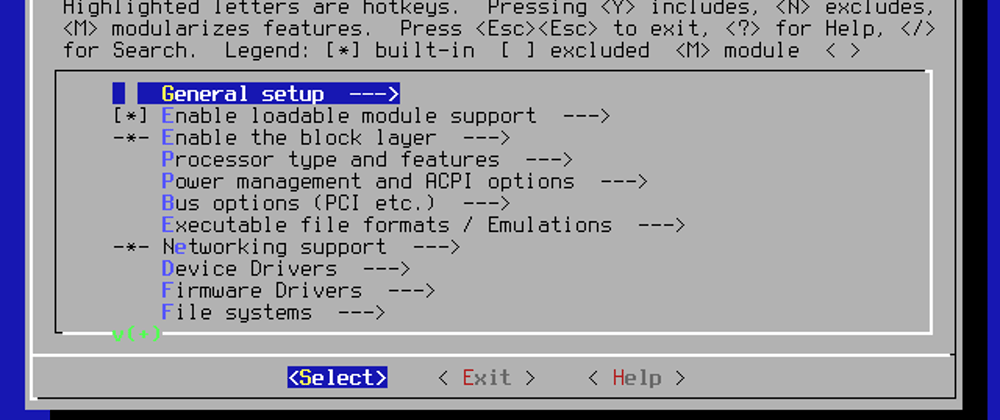The curses module gives an interface to the curses library, the accepted standard for convenient propelled terminal handling.
While curses is most generally utilized in the Unix condition, adaptations are accessible for Windows, DOS, and potentially different frameworks too.
This module is intended to coordinate the API of ncurses, an open-source curses library facilitated on Linux and the BSD variations of Unix.
import sys,os
import curses
def draw_menu(stdscr):
k = 0
cursor_x = 0
cursor_y = 0
# Clear and refresh the screen for a blank canvas
stdscr.clear()
stdscr.refresh()
# Start colors in curses
curses.start_color()
curses.init_pair(1, curses.COLOR_CYAN, curses.COLOR_BLUE)
curses.init_pair(2, curses.COLOR_BLACK, curses.COLOR_BLUE)
curses.init_pair(3, curses.COLOR_BLACK, curses.COLOR_GREEN)
# Loop where k is the last character pressed
while (k != ord('q')):
# Initialization
stdscr.clear()
height, width = stdscr.getmaxyx()
if k == curses.KEY_DOWN:
cursor_y = cursor_y + 1
elif k == curses.KEY_UP:
cursor_y = cursor_y - 1
elif k == curses.KEY_RIGHT:
cursor_x = cursor_x + 1
elif k == curses.KEY_LEFT:
cursor_x = cursor_x - 1
cursor_x = max(0, cursor_x)
cursor_x = min(width-1, cursor_x)
cursor_y = max(0, cursor_y)
cursor_y = min(height-1, cursor_y)
# Declaration of strings
title = "Curses example"[:width-1]
subtitle = "Python TUI example"[:width-1]
keystr = "Last key pressed: {}".format(k)[:width-1]
statusbarstr = "Press 'q' to exit | STATUS BAR | Pos: {}, {}".format(cursor_x, cursor_y)
if k == 0:
keystr = "No key press detected..."[:width-1]
# Centering calculations
start_x_title = int((width // 2) - (len(title) // 2) - len(title) % 2)
start_x_subtitle = int((width // 2) - (len(subtitle) // 2) - len(subtitle) % 2)
start_x_keystr = int((width // 2) - (len(keystr) // 2) - len(keystr) % 2)
start_y = int((height // 2) - 2)
# Render status bar
stdscr.attron(curses.color_pair(3))
stdscr.addstr(height-1, 0, statusbarstr)
stdscr.addstr(height-1, len(statusbarstr), " " * (width - len(statusbarstr) - 1))
stdscr.attroff(curses.color_pair(3))
# Turning on attributes for title
stdscr.attron(curses.color_pair(2))
stdscr.attron(curses.A_BOLD)
# Rendering title
stdscr.addstr(start_y, start_x_title, title)
# Turning off attributes for title
stdscr.attroff(curses.color_pair(2))
stdscr.attroff(curses.A_BOLD)
# Print rest of text
stdscr.addstr(start_y + 1, start_x_subtitle, subtitle)
stdscr.addstr(start_y + 3, (width // 2) - 2, '-' * 4)
stdscr.addstr(start_y + 5, start_x_keystr, keystr)
stdscr.move(cursor_y, cursor_x)
# Refresh the screen
stdscr.refresh()
# Wait for next input
k = stdscr.getch()
def main():
curses.wrapper(draw_menu)
if __name__ == "__main__":
main()
Related links:








Oldest comments (0)